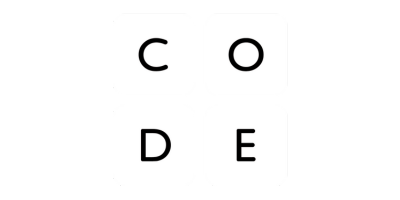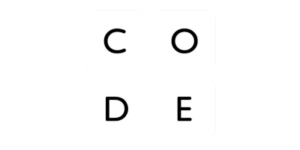| Level | Learning Outcome |
| Remember | AL.1 – Define algorithm and explain what algorithms are used forCT |
| AL.2 – Recognize that computational solutions take in information, store and process it, and produce a result | |
| Understand | AL.3 – Describe the difference between traditional algorithms and artificial intelligence/machine learning (AI/ML) algorithms and, at a high level, describe how AI/ML algorithms workCT |
| AL.4 – Explain why/how sequence matters in an algorithmCT | |
| AL.5 – Interpret algorithmsCT | |
| Apply | AL.6 – Modify algorithms (e.g., to add functionality)CT |
| AL.7 – Investigate what is inside of an opaque system (i.e., a system whose operation is not transparent) when it is necessary to do so | |
| AL.8 – Apply principles of inclusive collaboration to a project involving the use of algorithmsIC | |
| Analyze | AL.9 – Compare (at a high level) the trade-offs (e.g., speed, memory) of different algorithmsCT |
| Evaluate | AL.10 – Evaluate the appropriateness, reasonableness, and/or effectiveness of an algorithm for a specific task, including via algorithmic auditingCT |
| AL.11 – Assess societal impacts of algorithms and related ethical issues (e.g., use of AI algorithms to choose job candidates, use of abstraction to obscure important context)IE | |
| Create | AL.12 – Compose algorithms using sequence, selection, and iterationCT |
| AL.13 – Design algorithms using principles of human-centered designHCD |
In the topic area tables, we use a system of superscripts to indicate which Pillars relate to which learning outcome:
| Impacts and Ethics | Inclusive Collaboration | Computational Thinking | Human-Centered Design | Dispositions |
|
|
|
|
|
This project is supported by the National Science Foundation (NSF) under Grant No. 2311746. Any opinions, findings, and conclusions or recommendations expressed in this material are those of the author(s) and do not necessarily reflect the views of the NSF.













